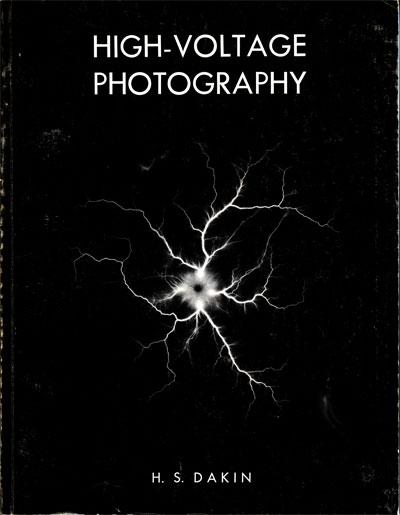
Nikola Tesla Books
Books written by or about Nikola Tesla
High-Voltage Photography
High-voltage photography, also known as Kirlian photography or electro-photography, is a method of making photographic prints or visual observations of electrically conductive objects, using as a light source the luminous corona discharge which appears around such objects in a high-voltage, high-frequency electric field.
Living organisms can be made luminous by this method. Tissue damage and electric shock hazard are minimized by the use of high frequencies and low currents, and by the careful design of experimental apparatus.
High-voltage power supplies as used by N. Tesla (1891), and later improvements using electromechanical vibrators, vacuum tubes, and transistors are described with schematic diagrams. Three especially recommended circuits are shown in detail as construction projects.
High-voltage photography has been widely used as an art form, producing unusual images on photographic film. Its possible value as a research tool for the study of properties of materials is being investigated by several experimenters.
Some presently unexplainable apparent psycholuminescent effects with highly bioenergetic subjects have been found in preliminary experiments.
In special cases there are apparent correlations between the shape and intensity of high-voltage photographic images and physiological conditions. These correlations are not reliable or consistent. For that reason, high-voltage photography is of negligible value as a routine physiological monitoring technique for medical diagnostic or research applications.
A section of this book (ELECTROVISION, THERMOVISION, SONOVISION, AURAVISION) discusses other methods, both practical and impractical, of showing physiological conditions and psychophysical energy interactions as visible images or as physically measurable quantities.
Living organisms can be made luminous by this method. Tissue damage and electric shock hazard are minimized by the use of high frequencies and low currents, and by the careful design of experimental apparatus.
High-voltage power supplies as used by N. Tesla (1891), and later improvements using electromechanical vibrators, vacuum tubes, and transistors are described with schematic diagrams. Three especially recommended circuits are shown in detail as construction projects.
High-voltage photography has been widely used as an art form, producing unusual images on photographic film. Its possible value as a research tool for the study of properties of materials is being investigated by several experimenters.
Some presently unexplainable apparent psycholuminescent effects with highly bioenergetic subjects have been found in preliminary experiments.
In special cases there are apparent correlations between the shape and intensity of high-voltage photographic images and physiological conditions. These correlations are not reliable or consistent. For that reason, high-voltage photography is of negligible value as a routine physiological monitoring technique for medical diagnostic or research applications.
A section of this book (ELECTROVISION, THERMOVISION, SONOVISION, AURAVISION) discusses other methods, both practical and impractical, of showing physiological conditions and psychophysical energy interactions as visible images or as physically measurable quantities.

